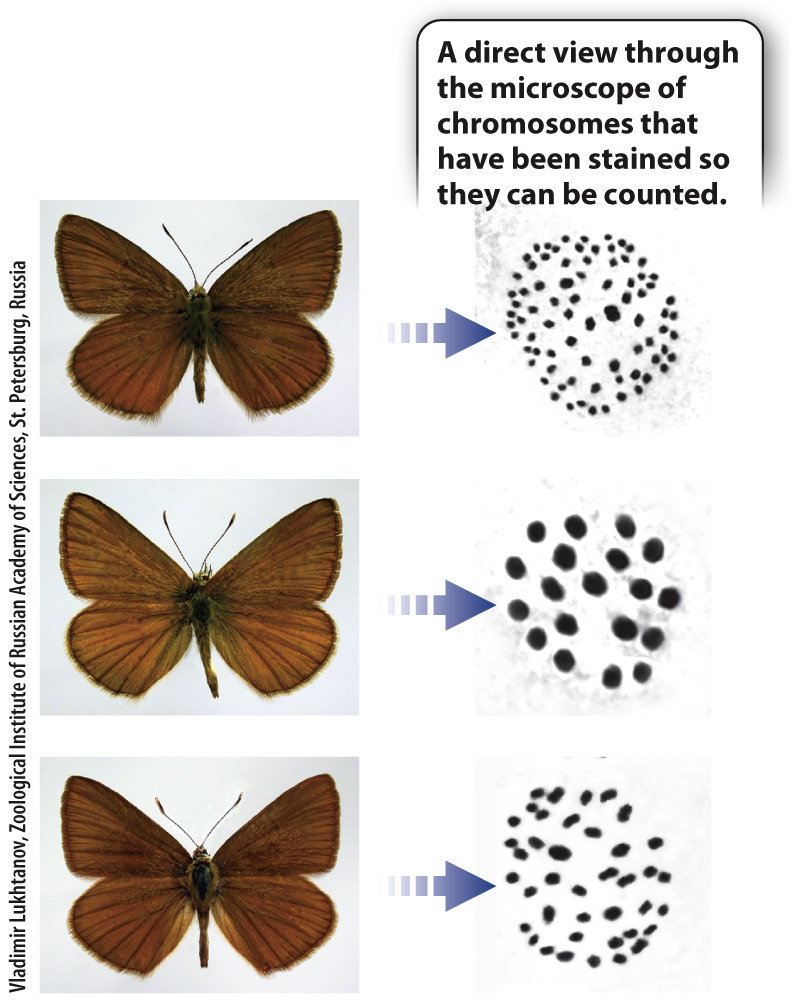The BSC is more useful in theory than in practice.
Species, then, are real biological entities and the BSC is the most useful way to define them. However, the BSC has shortcomings, the most important of which is that it can be difficult to apply. Imagine you are on a field expedition in a rain forest and you find two insects that look reasonably alike. Are they members of the same species or not? To use the BSC, you would need to test whether or not they are capable of producing fertile offspring. However, in practice, you probably will not have the time and resources to perform such a test. And even if you do, it is possible that members of the same species will not reproduce when you place them together in a laboratory setting or in your field camp. The conditions may be too unnatural for the insects to behave in a normal way. And even if they do mate, you may not have time to determine whether or not the offspring are fertile.
Thus, we should consider the BSC as a valid framework for thinking about species, but one that is difficult to test. On a day-

Today, the morphospecies concept has been extended to the molecular level: Members of the same species usually have similar DNA sequences that are distinct from those of other species. A remarkable project called the Barcode of Life has established a database linking DNA sequences to species. Scientists can therefore identify species from DNA alone by sequencing the relevant segment of DNA and finding the matching sequence (and therefore the species) in the Barcode of Life database. Here, at both morphological and molecular levels, we are returning to those biological clusters of Fig. 22.1 in which members of a species fall close to one another within a single, discrete group.
Although the morphospecies concept is useful and generally applicable, it is not infallible. Members of a species may not always look alike, but instead show different phenotypes called polymorphisms (Chapter 15)—for example, color difference in some species of birds. Sometimes, males of a species may look different from females—
So members of the same species can look quite different from one another. It is also true that members of different species can look quite similar. Some species of butterfly, for example, appear similar but have chromosomal differences that can be observed only with the aid of a microscope (Fig. 22.3). These chromosomal differences prevent the formation of interspecies hybrids, so those butterflies meet the BSC criterion—
With the application of ever more powerful DNA-